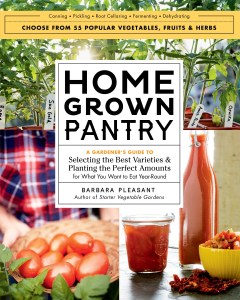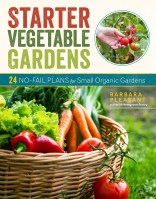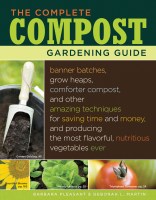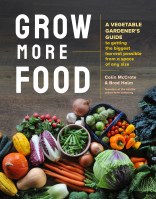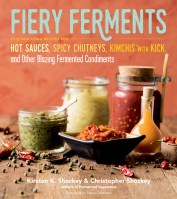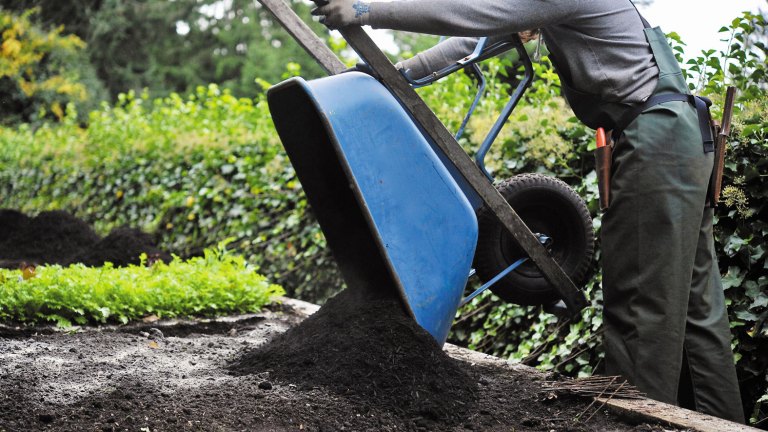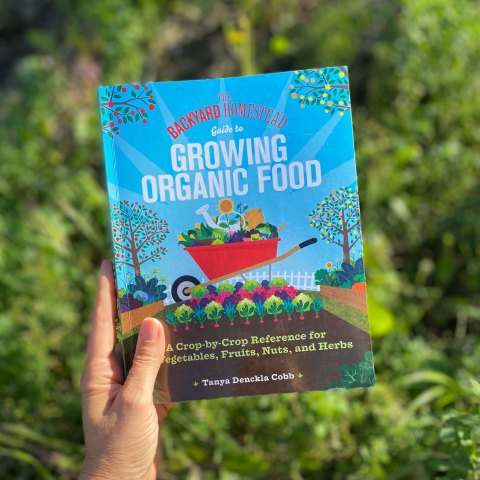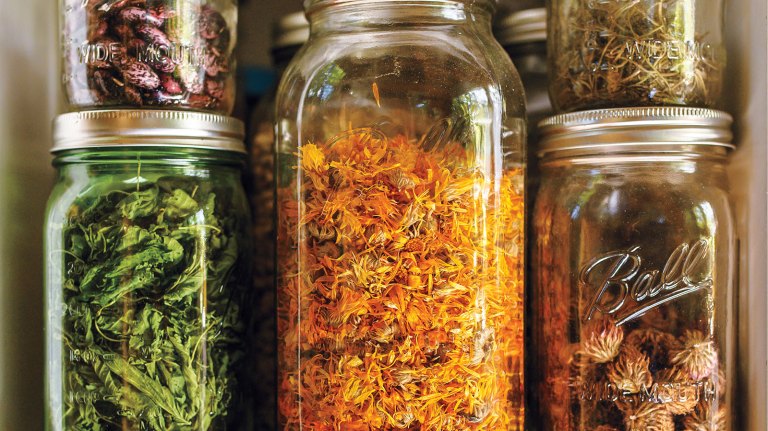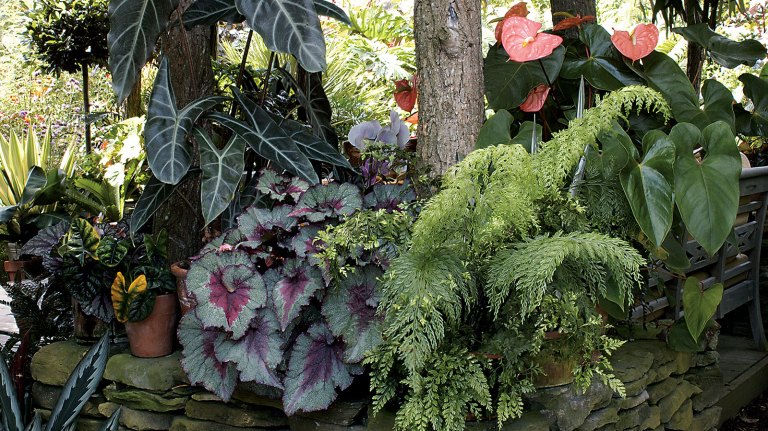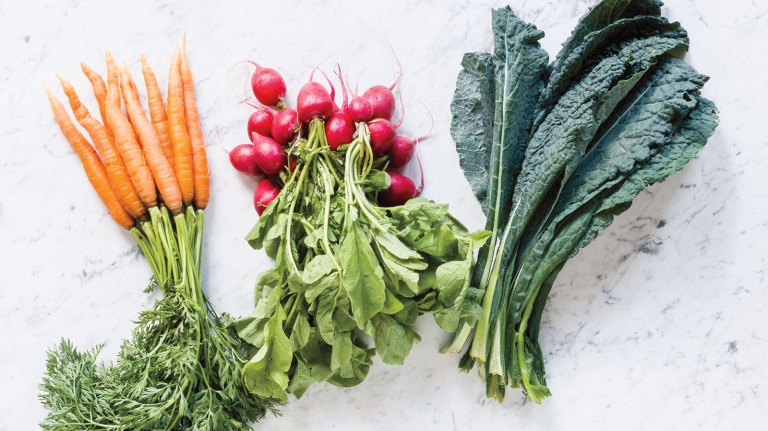Top Crops to Grow for Fermentation
Fermentation is a flavorful way for gardeners to preserve and savor fresh produce year-round. But why stop at cabbage? Author Barbara Pleasant shares her four favorite vegetable varieties to grow and ferment.
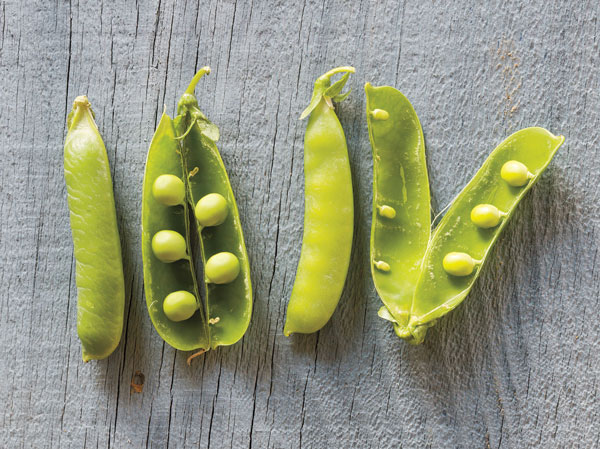
Of all the methods I use to preserve my homegrown produce, fermentation is the most fascinating one. Like most gardening cooks, my first fermentation projects involved turning cabbage into sauerkraut, which remains the best debut project for new fermenters. But since then I’ve discovered several other easily grown vegetables that become culinary stars when fermented. Beyond cabbage, here are four of my favorite crops for fermenting.
Snap Peas and Shell Peas
Both snap peas and shell peas make great fermented vegetables, but mind these small details: Pick peas with their little caps intact, which helps keep the peas crisp. Peas are also prone to floating in the salt brine, so plan to use a weight, or pack them tightly into smallish jars. Tender young peas contain so much natural sugar that they ferment quickly, in only a few days. I like to pack fermented peas in fresh brine before storing them in the refrigerator, where they disappear quickly.
How much to grow: Snap peas are the most productive type of pea because you eat the peas and the plump pods. Fifteen feet of row will produce about 12 pounds of snap peas, which can be frozen, pickled, or fermented.
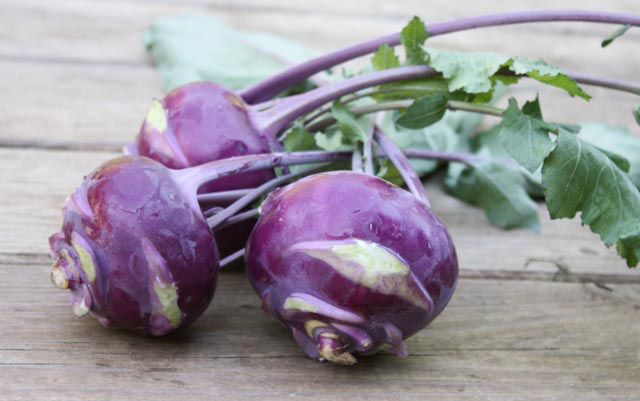
Crunchy Kohlrabi
This cabbage cousin is super easy to grow, and sticks of raw kohlrabi keep their crisp texture when fermented, becoming almost like salty water chestnuts. Harvested kohlrabi will store for weeks in the refrigerator, too, which gives you scheduling flexibility for your fermentation projects. Either green or purple kohlrabi are fine for ferments, though purple kohlrabi may be slightly more pest-resistant in the garden. Kohlrabi is peeled and cut before being added to the fermentation jar, so cracks and other imperfections disappear.
How much to grow: A 5-foot double row of kohlrabi will produce about 8 pounds of trimmed kohlrabi for eating fresh, fermenting, and freezing. In many climates, you can grow a second crop in the fall.
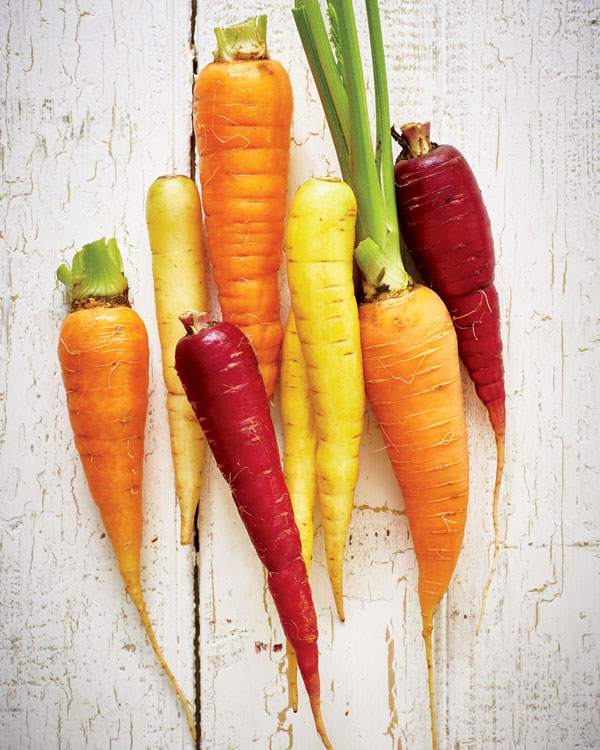
Multi-Colored Carrots
Fermentation causes the colors of most vegetables to fade, but yellow, orange and purple carrots are champs at retaining their fresh colors when fermented. Fermenting sticks of different colored carrots together gives results that are almost too pretty to eat. The natural sugars in raw carrots keep ferments progressing at a brisk clip, which makes grated carrots a valuable addition to mixed ferments, too.
How much to grow: Most gardeners can handle only about 20 row feet at a time, which can produce up to 20 pounds of carrots. Grow carrots in double or triple rows to make good use of space. Carrots store well under refrigeration, and they also can be frozen, pickled, or dried.
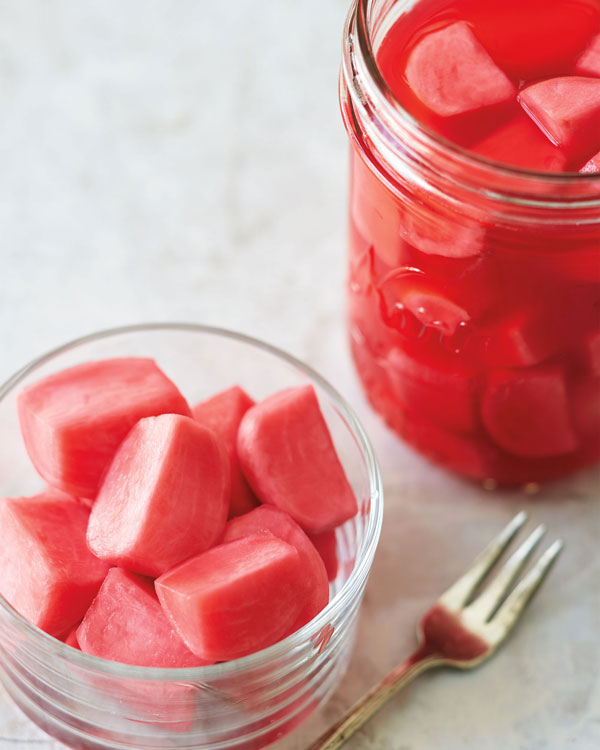
Spicy Radishes
At my house, the crunchiest pickles of the fall season are fermented radishes. When fermented, red salad radishes turn a perky pink color, and I love white-fleshed daikon radishes fermented with whole cloves of garlic. Radishes are always welcome in mixed ferments, and they add peppery flavor to cabbage-based krauts. Harvest radishes as soon as they plump up and store them in the refrigerator, safe from insects and stressful weather.
How much to grow: The most productive radishes grow large roots, but even dainty salad radishes make great ferments. A moderately robust variety like multi-colored ‘Easter Egg’ will produce 12 pounds of radishes from a 10-foot long double row. Asian radishes including daikons, watermelon radishes, and the popular new purple radishes grow best in the fall.
HEADER PHOTO © KIP DAWKINS PHOTOGRAPHY, EXCERPTED FROM HOMEGROWN PANTRY.
Foreword INDIES Silver Award Winner
GWA Media Awards Silver Award Winner
